Radius - #18605
Last month, I had a bad fall while running down the stairs. I landed on my wrist, and the pain was unbearable. I went to the hospital, got an X-ray, and the doctor said I had a radius fracture. They put my arm in a cast, and I was told to rest for a few weeks. The swelling has gone down now, but my wrist still feels weak, and I’m worried that it might not heal properly. I know the radius is one of the most important bones in the forearm, and it helps with wrist movement. I want to make sure I regain full strength and flexibility after my fracture heals. Are there any Ayurvedic remedies or therapies that can help with faster bone healing? I’ve heard that some herbs, like Ashwagandha and Hadjod, are good for bones—should I take them? Also, I’m trying to get enough calcium and vitamin D, but are there specific foods that are best for bone healing? I drink milk regularly, but I read that too much dairy might not be good for digestion. Should I switch to plant-based sources like sesame seeds and almonds instead? Another thing that’s bothering me is that my wrist feels stiff. Is this normal after a radius fracture? How long does it usually take to get full movement back? Should I start exercising, or should I wait until the pain completely disappears? I don’t want to do anything that might delay healing. Doctor, are there any Ayurvedic oils or massages that can help with pain and stiffness in the radius area? I’ve also heard that Panchakarma therapy can help with joint and muscle recovery—would that be beneficial in my case? I just want to make sure my radius heals well so I don’t have long-term issues. What can I do to speed up recovery naturally and avoid complications like weakness or arthritis in the future?
Doctor-recommended remedies for this condition

Doctors' responses
I’m sorry to hear about your fall and your radius fracture. It’s great that you’re looking into ways to support your healing through Ayurvedic practices. To promote bone healing, integrating a complete approach that includes nutrition, herbal supplements, and gentle therapies is essential. For herbs, both Ashwagandha and Hadjod (Cissus quadrangularis) are highly beneficial; Ashwagandha can help reduce pain and inflammation while Hadjod is known for its efficacy in healing bones. Consider taking them as a powdered form mixed with warm milk or as capsules. Regarding your diet, while milk is rich in calcium and vitamin D, if you experience any digestive issues with it, you can diversify your calcium sources. Include sesame seeds, almonds, leafy greens like kale, and fortified plant-based milks. To ensure optimal absorption, pair these with Vitamin D-rich foods like fatty fish or consider safe sunlight exposure for natural Vitamin D synthesis. It’s common for stiffness to occur after a fracture as your wrist is healing, and while full movement can take several weeks to months, beginning gentle range-of-motion exercises as pain permits is usually beneficial. Consult with a physiotherapist to determine the best timing and appropriate exercises to avoid any risk to your healing bone. For pain and stiffness, you can use Ayurvedic oils like Mahanarayana oil or Kottamchukkadi oil for local application, performing gentle massages. Panchakarma can also aid recovery but ideally should be performed under the guidance of an Ayurvedic practitioner who can tailor the treatment to your needs. Focus on a balanced approach, ensuring that you rest when needed but also gently encourage mobility, and you will likely see improvements in strength and flexibility as you heal.

100% Anonymous
600+ certified Ayurvedic experts. No sign-up.
About our doctors
Only qualified ayurvedic doctors who have confirmed the availability of medical education and other certificates of medical practice consult on our service. You can check the qualification confirmation in the doctor's profile.


